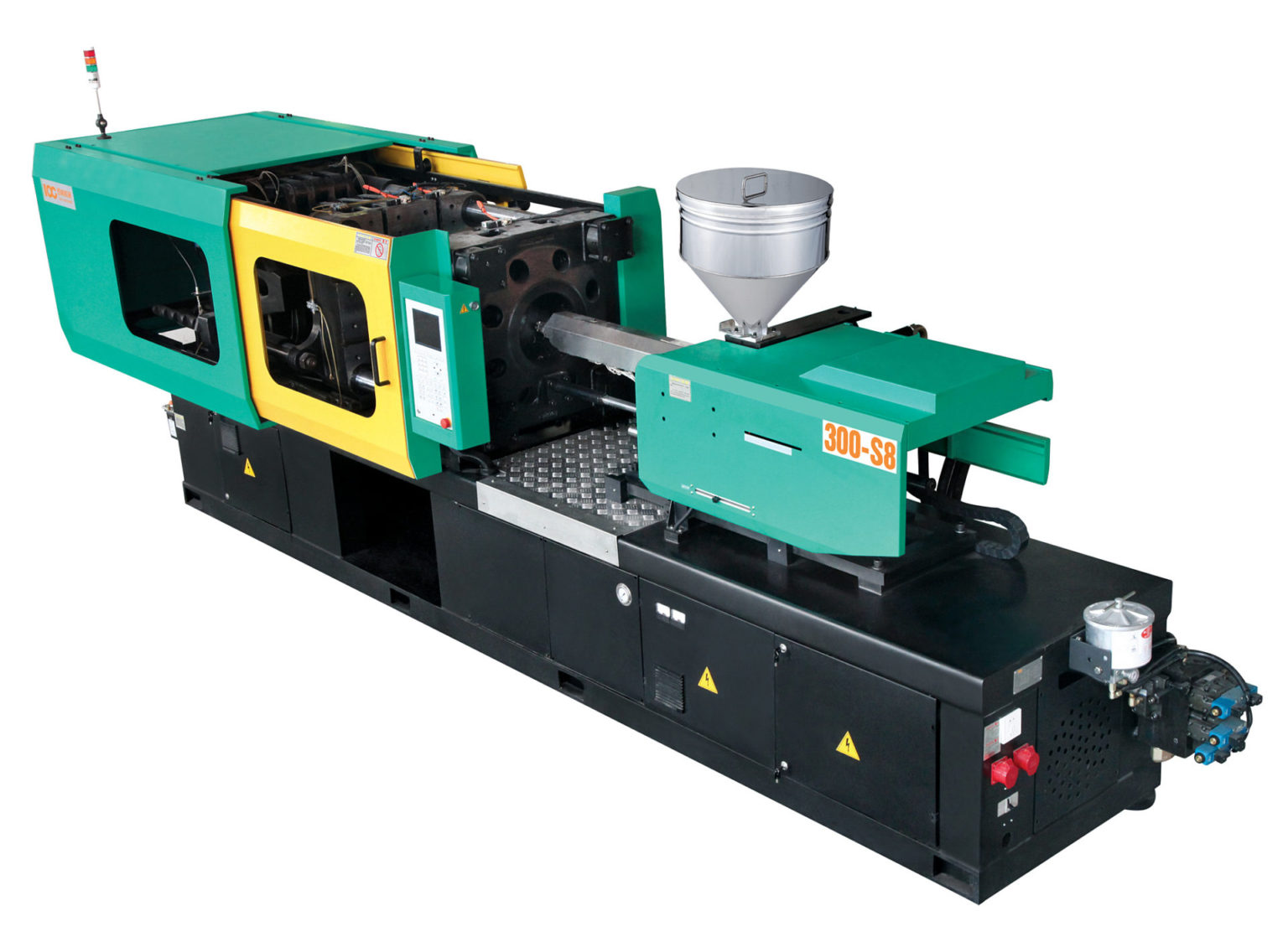Speedy and Adaptable: The Future of Swift Injectable Molding Techniques
In the current fast-paced production environment, the demand for swift manufacturing timelines has increased significantly. Companies are continuously seeking methods to reduce production time while ensuring high-quality results. This has resulted in major innovations in injection molding techniques, a method that has historically been a staple in the production of plastic parts. As industries develop, so too do the abilities of molding machines, resulting in quick, agile responses that meet the demands of modern consumers.
The future of this technology is more than about speed; it emphasizes adaptability and efficiency. New technologies and substances are allowing producers to make quick adjustments to blueprints without sacrificing strength or performance. As we explore the latest advancements in rapid injection molding techniques, we will discuss how these innovations are changing the manufacturing landscape, increasing competitiveness, and creating new possibilities for tailored production in various industries.
Developments in Injectable Forming Techniques
The domain of injectable forming has witnessed considerable advancements aimed at improving efficiency, accuracy, and eco-friendliness. Innovations in materials, such as biodegradable and recycled plastics, have surfaced, enabling manufacturers to manufacture components that not only fulfill performance standards but also adhere to eco-friendly guidelines. The move towards these green substances is revolutionizing the field, enabling injection molders to align with global green targets while keeping the quality of products.
Furthermore, the adoption of advanced technology, such as artificial intelligence and machine learning, has transformed the injectable forming procedure. These tools facilitate live monitoring and preventive maintenance of machines, minimizing downtime and improving workflow efficiency. Additionally, improvements in simulation software facilitate superior design analysis, leading to enhanced product excellence and lessened scrap during production.
Finally, the introduction of quick tooling and additive manufacturing has optimized the mold-making process, considerably cutting down on production times. These techniques enable quicker iterations and modifications, resulting in a faster manufacturing landscape. As the field continues to adopt these innovations, mold manufacturers can expect to deliver premium goods more quickly, establishing themselves competitively in the changing market landscape.
Benefits of Swift Injectable Forming
Rapid injectable forming offers significant benefits in terms of quickness and efficiency. Conventional forming processes can be lethargic and bulky, often requiring lengthy periods to manufacture models or first production runs. With fast injectable forming, the whole process—from planning to production—can be streamlined, allowing for more rapid response times. This agility enables businesses to introduce their products to market faster, which is crucial in today's rivalrous business landscape.
Affordability is a further key advantage of fast injection molding. By employing innovative techniques and streamlined manufacturing methods, companies can minimize their total manufacturing expenses. The capability to produce high-quality prototypes quickly allows for incremental design enhancements without the necessity for large financial outlay in high-priced equipment. As a outcome, companies can assign their monetary resources more efficiently, ensuring that they remain competitive while developing and expanding their product line.
Moreover, rapid injectable forming enhances versatility in design possibilities. With the implementation of sophisticated materials and techniques, creators can play with various features and configurations without major hindrances. This design liberty leads to enhanced artifact performance and effectiveness, as developers are more situated to refine their models based on real-time feedback. Overall, the advantages of fast injectable molding make it an indispensable asset for organizations seeking to innovate and adjust in an continuously transforming industry.
Applications and Future Trends
The applications of rapid injection molding continue to expand throughout various industries, including automotive, consumer goods, and medical devices. These sectors demand both speed and high precision and customization to meet changing consumer expectations. In the automotive industry, for instance, manufacturers are more and more leveraging rapid injection molding to produce lightweight complex components that enhance fuel efficiency and performance. This trend is further driven by the push toward electric vehicles, which require creative design solutions for battery housing and structural elements.
As technology advances, we can expect to see greater sophisticated injection molder s incorporating automation and artificial intelligence. These enhancements will lead to improved process optimization, reducing cycle times and increasing the total efficiency of production lines. Additionally, the integration of real-time data analytics will allow manufacturers to monitor processes and predict maintenance needs, thereby minimizing downtime and improving the quality of finished products. This technological evolution will empower companies to respond swiftly to market demands and drive innovation in product design.
In the future, sustainability will play a crucial role in shaping the future of injection molding techniques. As environmental concerns become increasingly prominent, manufacturers are exploring biodegradable materials and recyclable plastics in their production processes. The push for sustainable practices will also meet regulatory standards but also resonate with consumers who prioritize eco-friendly products. Ultimately, the mix of advanced technology, efficiency, and sustainable practices will redefine the landscape of injection molding, paving the way for new applications and opportunities in the coming years.
